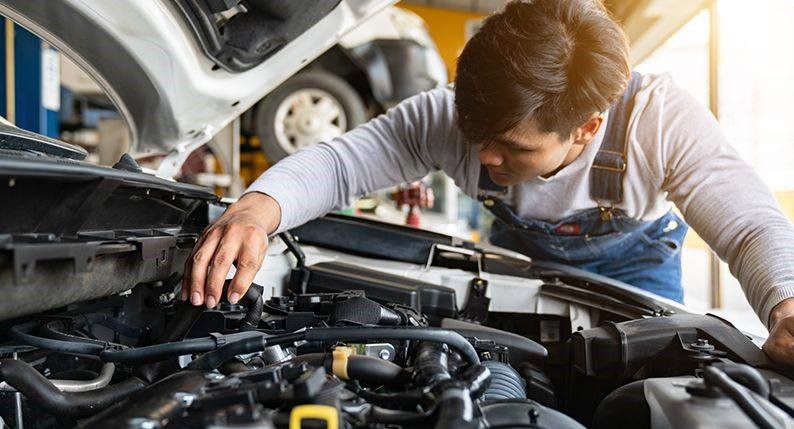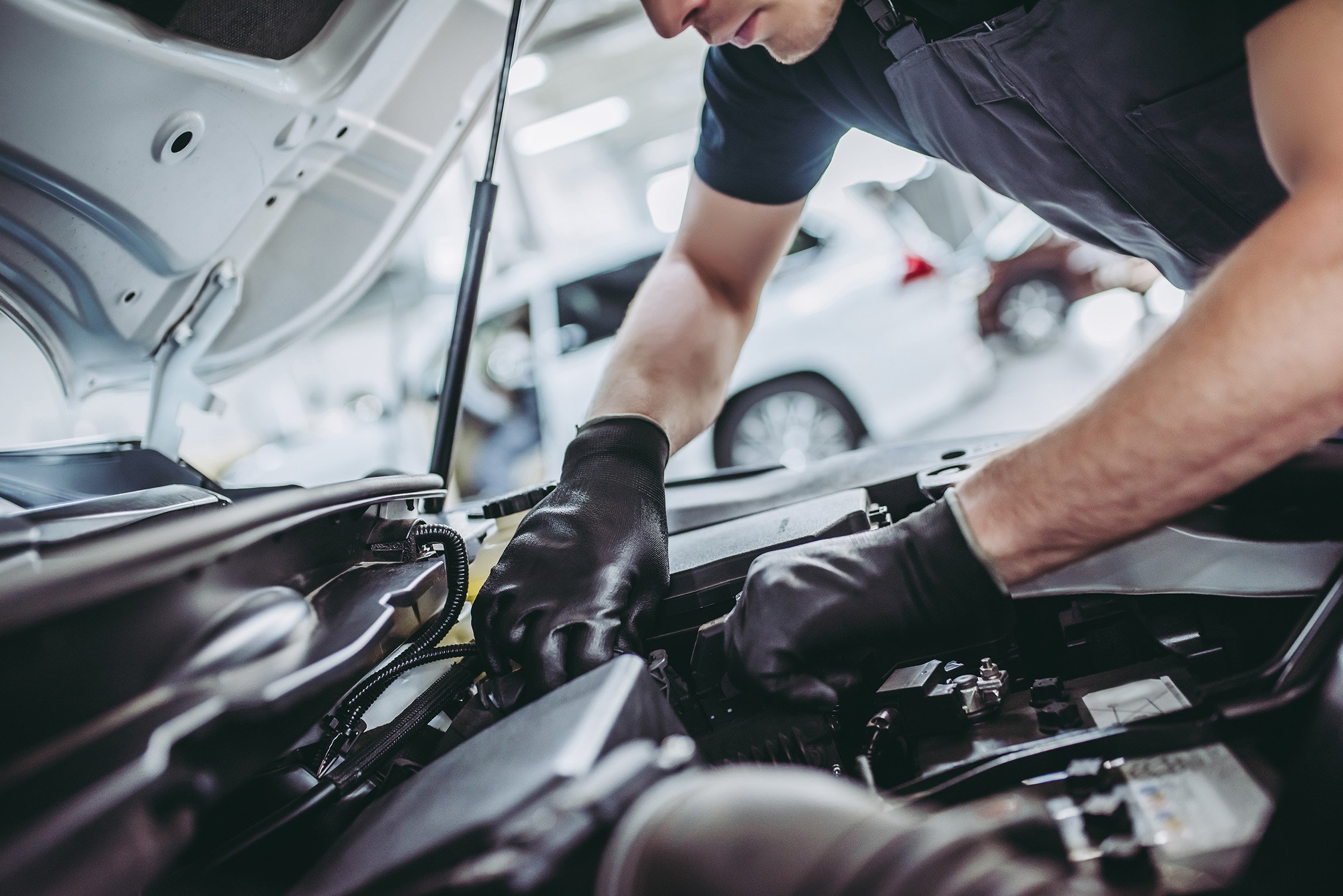All Categories
Featured
Understanding Diagnostics: The Structure of Car Repair Service
Modern automobiles are wonders of engineering, incorporating complicated systems that depend heavily on electronics and software. When something fails, recognizing diagnostics ends up being the first and most important action in car repair. Diagnostics aid determine the origin cause of a problem promptly and precisely, minimizing and making certain reliable repair work downtime for your automobile.What Is Automobile Diagnostics? Lorry diagnostics entail using specialized devices to communicate with an automobile's internal computer system. A lot of vehicles built after the 1990s come equipped with an Onboard Diagnostics (OBD) system that keeps track of numerous components like the engine, emissions, brakes, and electrical systems.

When a problem happens, the OBD system produces mistake codes that specialists can check out utilizing analysis scanners. A "P0301" code could suggest a misfire in cylinder 1, while a "P0171" code can signify a lean fuel blend.
Why Diagnostics Matter. Effectiveness in Fixes: Diagnostics conserve time by pinpointing details concerns, enabling professionals to focus on the specific area of issue instead of performing considerable exploratory evaluations. Price Cost Savings: Identifying and attending to troubles early protects against minor problems from rising into significant, expensive fixings. Enhanced Safety and security: Diagnostics play a crucial role in guaranteeing the capability of security systems, such as air bags and anti-lock brakes, maintaining chauffeurs and passengers safeguard when driving. Environmental Conformity: Modern diagnostics aid spot issues in discharges systems, guaranteeing your vehicle operates and satisfies governing requirements in an environment-friendly manner. The Diagnostic Process. A common analysis treatment contains three primary actions:

Data Retrieval: A specialist links a diagnostic scanner to the car's OBD-II port, typically located under the control panel. The scanner reads error codes stored in the cars and truck's computer system. Code Analysis: The recovered codes are examined to identify the breakdown's nature and seriousness. A mistake code related to the exhaust system may require examining parts like the oxygen sensor or catalytic converter. Checking and Recognition: To verify the searchings for, technicians might do additional tests, such as inspecting electrical links or running the car to observe performance. The Advancement of Diagnostics. As automobiles end up being increasingly sophisticated, so do diagnostic devices. Today's diagnostic systems are capable of greater than simply identifying problems-- they additionally use real-time information on system performance, enabling anticipating upkeep. In electric and hybrid automobiles, diagnostics can check battery wellness, electrical motor performance, and charging systems, making sure these vehicles remain trusted and efficient.
Selecting the Right Diagnostic Solutions. For the very best results, it's essential to count on expert analysis solutions. Certified fixing stores make use of the current diagnostic devices and have accessibility to manufacturer-specific software program that offers in-depth understandings into your automobile's systems. Knowledgeable specialists combine technical know-how with hands-on experience to deliver trusted repair work and accurate medical diagnoses.
Final Thoughts. Diagnostics are the foundation of efficient vehicle repair service and maintenance. Whether resolving a strange check engine light or performing routine system checks, diagnostics make certain that troubles are determined and resolved promptly, saving time, money, and stress.
Routine diagnostic checks are a positive method to keeping your car's safety and security, efficiency, and health and wellness. With the right tools and knowledge, diagnostics lead the way for lasting, trouble-free driving.
Latest Posts
Grab Special Auto Repair Deals in Chicago at Montclare Auto Repair
Published Jun 01, 25
1 min read
Learn About Exceptional Car Repair Solutions at Montclare Auto Repair – Keep Your Car Running Smoothly
Published May 29, 25
1 min read
Find Brake Repair & More: Comprehensive Auto Care Solutions from Montclare Auto Repair
Published May 28, 25
1 min read
More
Latest Posts
Grab Special Auto Repair Deals in Chicago at Montclare Auto Repair
Published Jun 01, 25
1 min read
Learn About Exceptional Car Repair Solutions at Montclare Auto Repair – Keep Your Car Running Smoothly
Published May 29, 25
1 min read
Find Brake Repair & More: Comprehensive Auto Care Solutions from Montclare Auto Repair
Published May 28, 25
1 min read